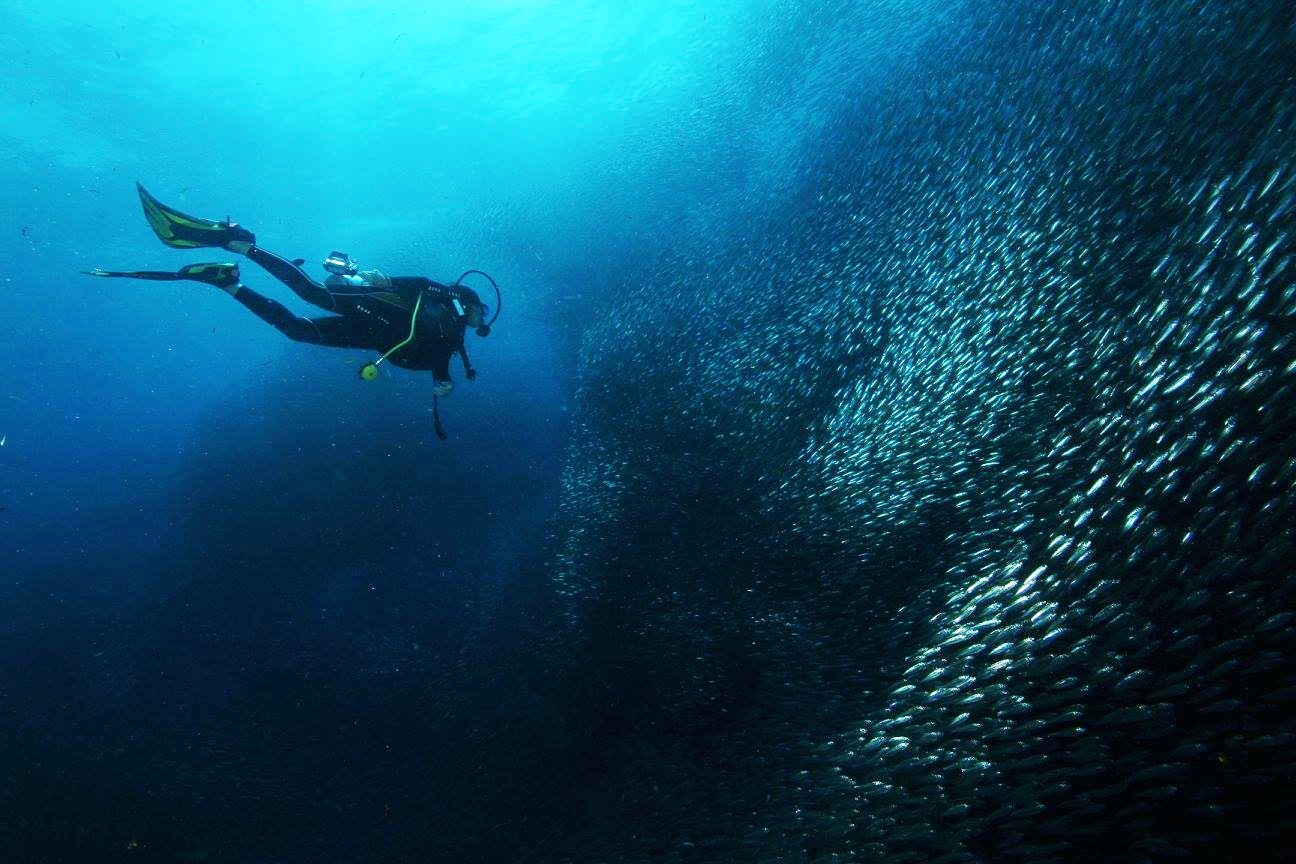# 1 Dive destination – Coron, Palawan

Explore the crystal clear waters surrounding the island of Coron and Busuanga and you will be sure to bump into a wreck. This area boasts 10 well-preserved World War II Japanese ship wrecks all found between depths of 10 – 40 meters.
Click here for more information
# 2 Dive destination – Apo Island, Negros

Apo Island’s a volcanic island covering 74 hec. in total land area, just 7 kilometers off the southern tip of Negros Island, 30 kilometers south of Dumaguete City. The name “Apo” was derived from a Filipino word for “old man”.
Click here for more information
# 3 Dive destination – Coron, Busuanga

At one point dugongs used to be abound throughout the Philippine archipelago. Now Coron and northern Palawan are one of few places they can still be seen.
Click here for more information
# 4 Dive destination – Sabang, Puerto Galera

When searching for the best dive locations in the Philippines, one can’t overlook Sapang, Puerto Galera. Just a few hours from Manila The island of Mindoro is home to Puerto Galera Town and the smaller area of Sabang. Because of it’s proximity to Manila, Sabang offers divers who don’t have a lot of time, some breathtaking underwater adventures, just a 2 hour bus ride and an hour boat ride away.
Click here for more information
# 5 Dive destination – Donsol, Sorsgon

Donsol is probably one of the few places in the world that can offer an almost assured whale shark sightings during the season.
Click here for more information
# 6 Dive destination – Moalboal, Cebu

Diving in Moalboal is better than ever before and the dive spots around Pescador Island and the steep walls along the coast belong to the best in the Philippines.
Click here for more information
# 7 Dive destination – Masbate, Masbate

The Manta Bowl Shoal is an underwater atoll which covers a 7 to 8 hectare flat area. Dive sites here which range from 14 to 29 meters and all offer the chance to see the big marine creatures.
Click here for more information
# 8 Dive destination – Anilao, Batangas

Most species on the muck and macro diving critter list can be found here in Anilao Batangas Beach Resort.
Click here for more information
# 9 Dive destination – Tubbataha, Palawan

Palawan is widely known for its natural wonders on land and above the water. Dense forests teem with wildlife and limestone cliffs dominate the skyline.
Click here for more information

Marvelous underwater marine life can be found in this site like schools of hammerhead sharks, wrasses, barracuda, jacks, mackerel, groupers and tuna.
Click here for more information
If you’re looking for a true jungle/island adventure in the Philippines then the Buhay island trip is the one. It goes to desolate private islands in Palawan.
Click here for more information

